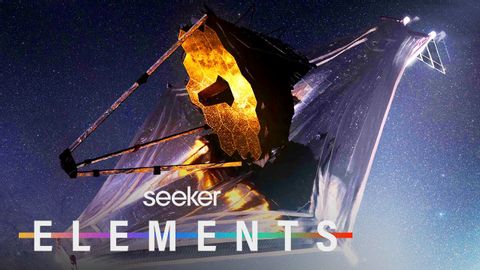ジェームズ・ウェッブがもたらす最高の宇宙観とは? (How James Webb Will Give Us Our Best View Yet Of the Universe)
Summer が 2021 年 11 月 08 日 に投稿  この条件に一致する単語はありません
この条件に一致する単語はありませんUS /ɪˈsɛnʃəl/
・
UK /ɪ'senʃl/
- n. (c./u.)模範 : 見本;模様 : 柄;様式;規則性;型紙
- v.t.模倣する;模様をつける
US /ˈkraɪsɪs/
・
UK /'kraɪsɪs/
US /ˈævərɪdʒ, ˈævrɪdʒ/
・
UK /'ævərɪdʒ/
- n. (c./u.)平均
- v.t.平均する
- adj.典型的な : 普通の : ありふれた : 普段の
エネルギーを使用
すべての単語を解除
発音・解説・フィルター機能を解除
